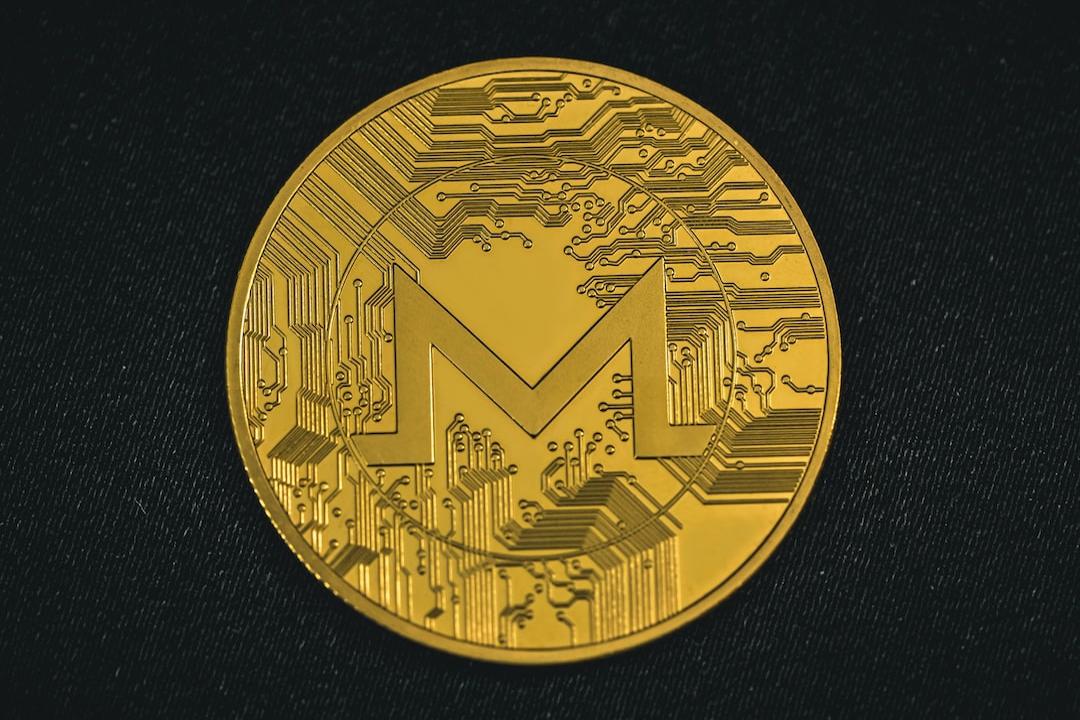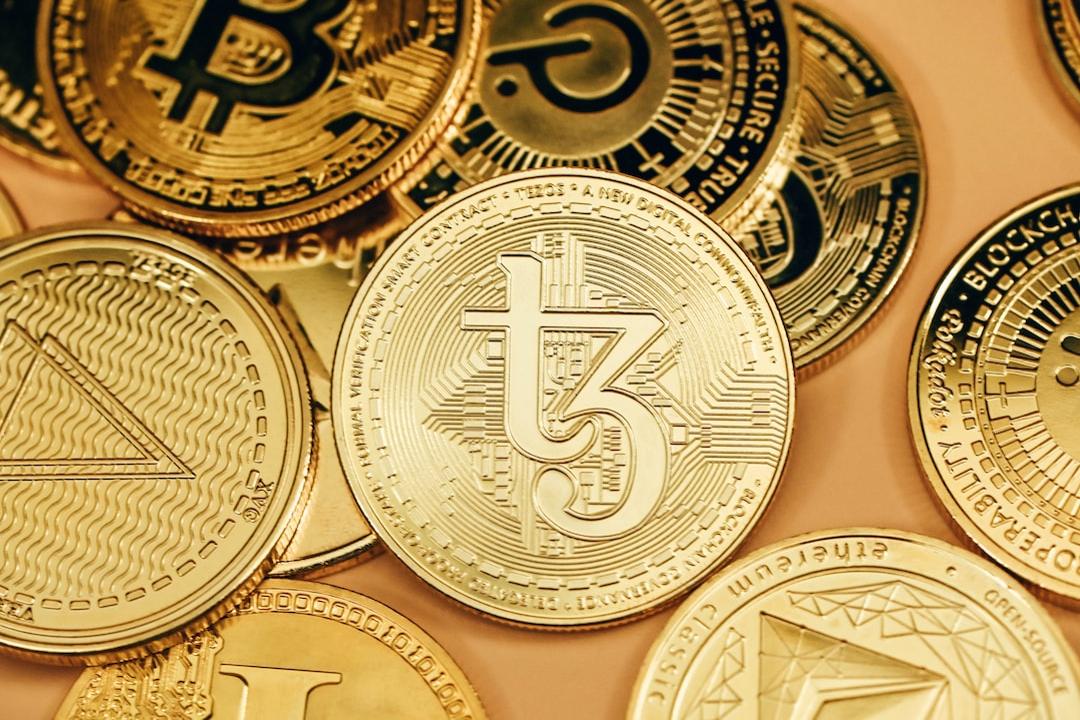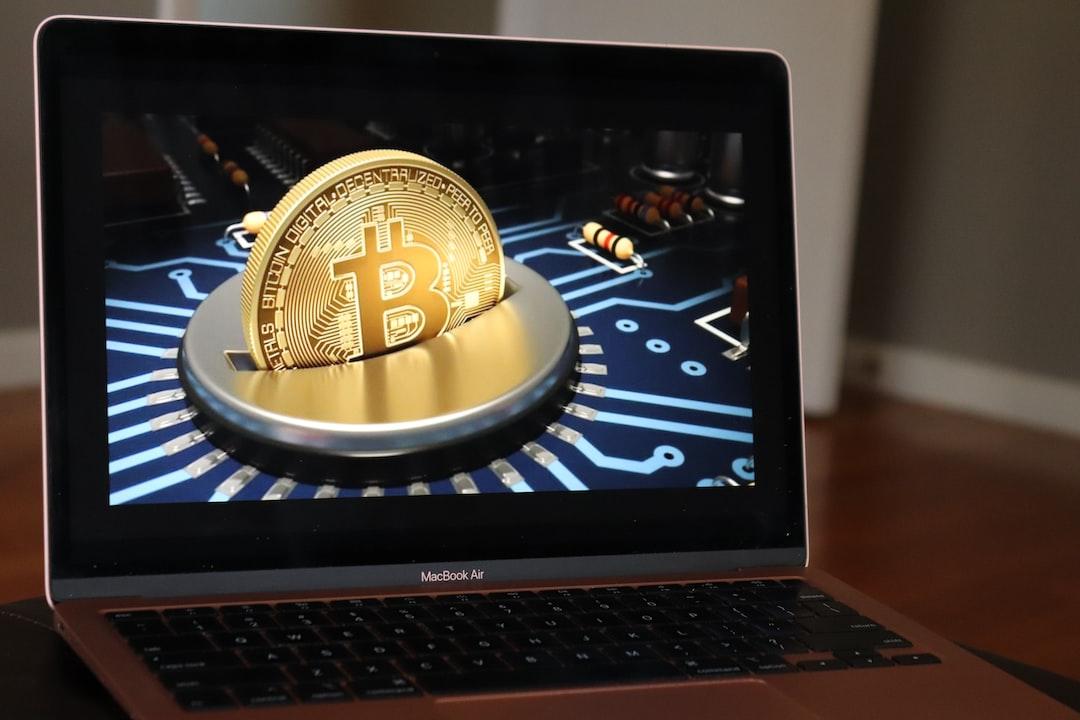Title: In-Depth Exploration and Evaluation of the Ethereum Update “Dencun” Four Months After Implementation
Author: Filippo Pozzi, DeFi Researcher
Translated by: Blockchain in Plain Language
Before the update known as “Dencun,” Layer 2 had already played a crucial role in the ecosystem. However, following the launch of this prominent update, the explosion of Layer 2 has reached unprecedented levels, making it an indispensable element in the expansion and efficiency enhancement of the entire ecosystem. Today, we focus on analyzing the practical effects of this update, approximately four months after its official release. This period has allowed us to examine a large amount of data and assess the actual success or failure of the update.
1. What is Dencun?
“Dencun” is an Ethereum update released on March 13, 2024, combining the “Cancun” proposal for the Execution Layer and the “Deneb” proposal for the Consensus Layer. This update introduces a series of Ethereum Improvement Proposals (EIPs) aimed at enhancing various aspects of the Ethereum network. Among them, EIP-4844, also known as Proto-Danksharding, is of significant importance in the scalability of Layer 2, by creating Blobs that increase the possibilities of data management within the network. How is this achieved?
Without delving into too many technical details, we can consider “blobs” as data packets (256 KB) representing a series of transactions occurring on Layer 2. These data packets are then packaged and subsequently sent to the Ethereum network for validation. I will show you a graphical example through txcity.io.

Here we see representations of two blockchains: Ethereum on the left and Arbitrum (the network of the Dencun update) on the right, with each moving figure representing a transaction.
Focusing on the right side, it represents the Arbitrum blockchain, one of the primary Layer 2 solutions for Ethereum. As you can see, all individuals using this blockchain leave a note on the counter before moving onto the conveyor belt represented by the Arbitrum blockchain. This note symbolizes the receipt of transactions occurring within Arbitrum. Since Arbitrum employs a mechanism called Optimistic Rollup, it initially considers all transactions as valid based on the assumption of honesty. Subsequently, transactions are made public to everyone, providing an opportunity for review and dispute within a certain timeframe.
Once a certain number of transactions are reached, as shown in the video, the “mailman” collects all transactions by rotating and forming what we define as a “blob.” If we pay close attention, when the mailman starts pointing towards the arrow indicating the direction of Ethereum, we will see the mailman’s image also appearing on the left side of the screen, representing the Ethereum blockchain. Here, the mailman holds his “blob,” which is a data packet of a series of transactions occurring on Layer 2, and enters the Ethereum “bus,” symbolizing a block representing the primary blockchain.
As shown in the video, this process is as straightforward as a “normal” transaction. In fact, there is no difference between the mailman and the numerous passengers boarding the Ethereum block. The distinction lies in the fact that the mailman brings a series of transactions, while others represent single transactions native to the Ethereum network.
Through this “simple” process of creating blobs, transaction fees on various Layer 2 solutions have been reduced by over 90%, almost achieving feeless operations within these blockchains, resulting in a significant surge in transaction volumes across all major Layer 2 solutions.
Now, let’s examine the improvements brought about by this update through on-chain data.
2. Average Fees of Major Layer 2 Transactions

By observing this chart, we can summarize today’s discussion, which depicts the average transaction costs before and after the implementation of Dencun.
It is evident from the chart that starting from March 13, the average transaction costs on Layer 2 solutions such as Arbitrum, Optimism, or ZkSync instantly decreased from around $0.50 to near $0.
Despite some temporary spikes in transaction costs on the base blockchain shown in the chart, all other major Layer 2 solutions were able to maintain stability, with transaction costs close to zero, and without experiencing issues related to block congestion, as seen in blockchains like Solana.
The reduction in transaction costs has opened doors for a variety of individuals to enter the industry, even with limited investments. This has triggered a wave of activity across all major Layer 2 solutions, leading to a true operational prosperity.

Another indicator confirming the increased activity within major Layer 2 solutions is the number of transactions verified on the blockchain.

Source: Dune @glxyresearch_team/ EIP-4844 Blobs
As clearly shown in the above graph, except for zkSync, all other Layer 2 solutions have recorded a significant increase in the number of transactions, resulting in a substantial growth in transaction volumes, with Base in early April and Arbitrum at the end of May being particularly noteworthy.
3. Average Blob Quantity per Block

Source: Dune @hildobby/ Ethereum Blobs
This graph provides a detailed view of the state of the blockchain network, highlighting the quantity of “blobs” contained in each Ethereum block. The target line and limit line represent the ideal and maximum values supported by the network itself. These parameters are crucial for optimizing the overall efficiency of the blockchain and avoiding excessive overhead. Actively monitoring the quantity of “blobs” in each block is essential to ensure the network can effectively handle transaction loads while maintaining stability and performance. Therefore, this data remains crucial for operators to understand the network’s health status.
4. Conclusion
Undoubtedly, this update has significantly reduced transaction costs, and despite the increased transaction volumes on major Layer 2 solutions, its effects are still ongoing.
As emphasized by Vitalik Buterin in his article “Layer 2 as Ethereum’s Culture Expands,” Layer 2 has become an essential component of the blockchain industry and will continue to grow in importance. This is attributed to its increasing integration into the infrastructure, making its usage within the Ethereum ecosystem increasingly crucial.
I would like to conclude by quoting a portion of the aforementioned article where Vitalik answers the question of how to successfully cultivate the culture of Layer 2. His response, in my opinion, is very charming and reflects the true, fundamental spirit of developers and DeFi enthusiasts, the genuine spirit.
Original Article Link

